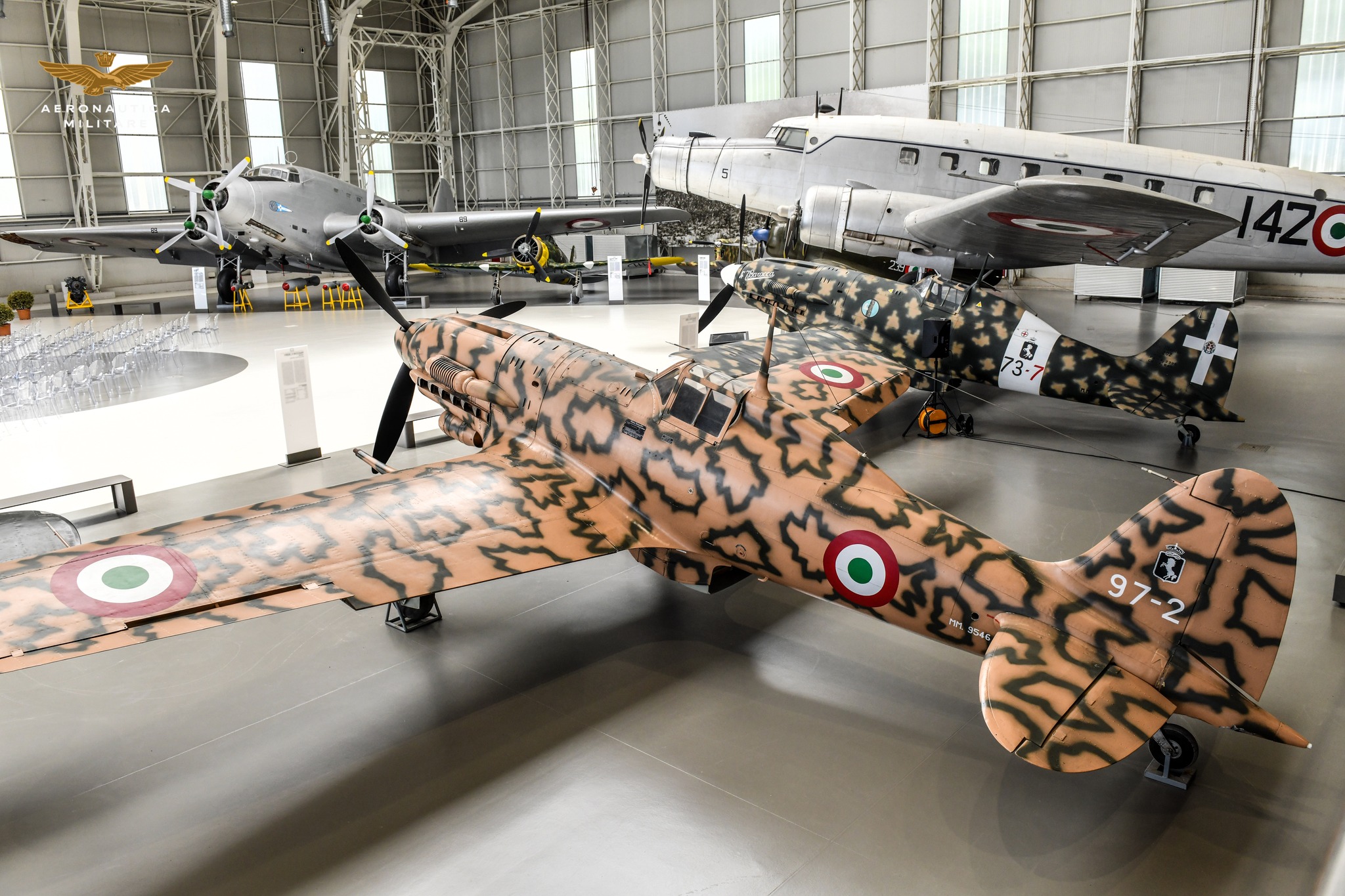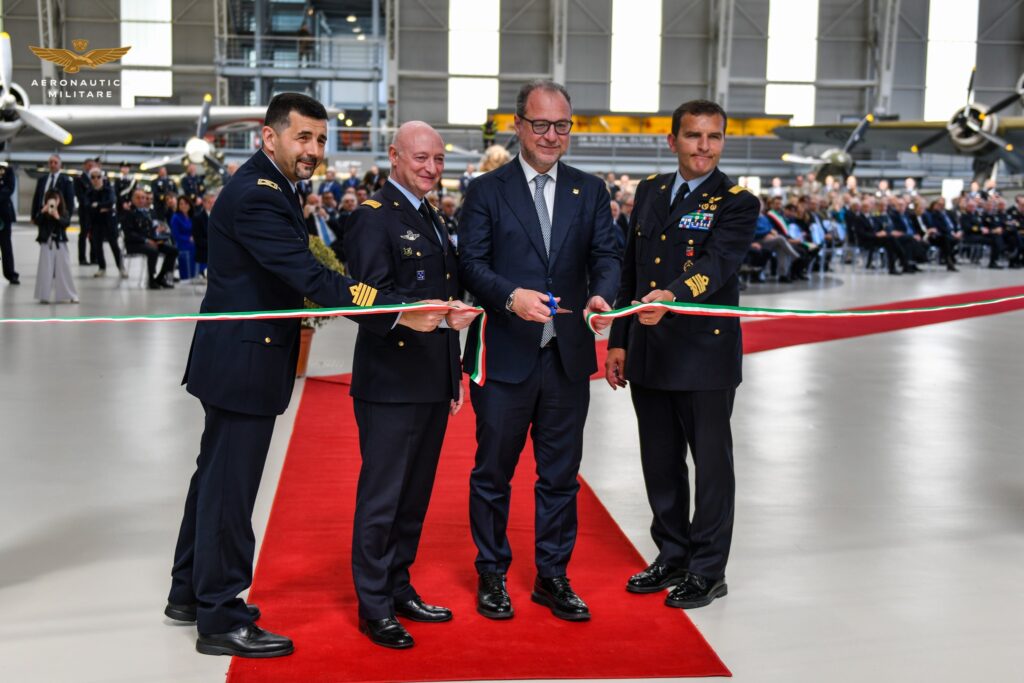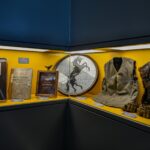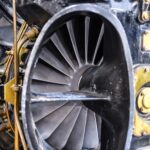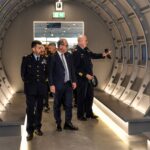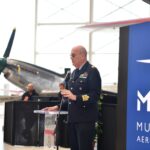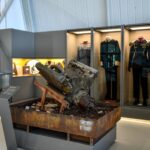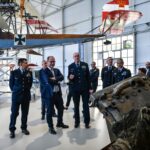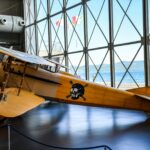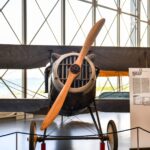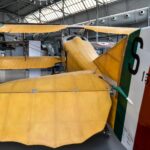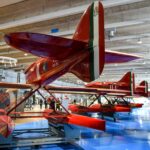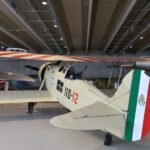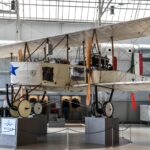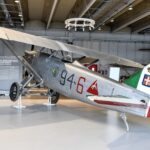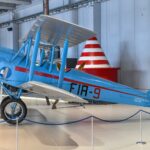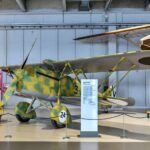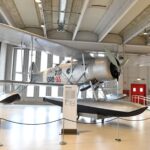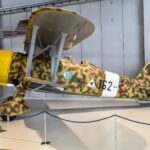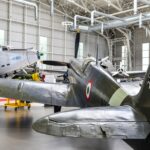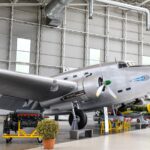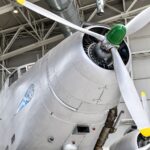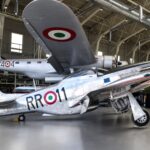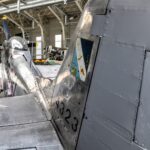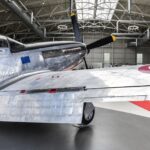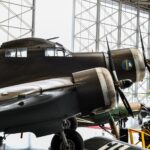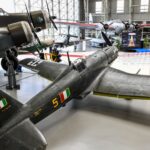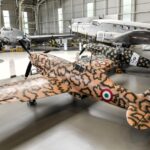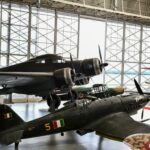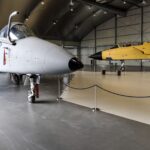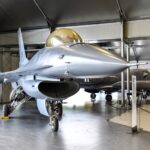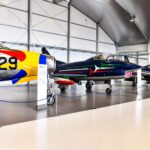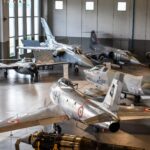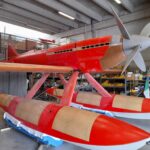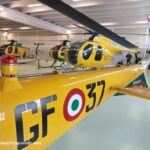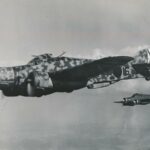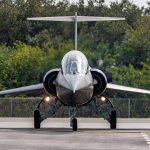On May 4th, by the shores of Lake Bracciano, in Vigna di Valle, the Historical Museum of the Air Force was inaugurated, after 18 intense months of renovation and redevelopment of the exhibition itinerary.
The event was attended by the Vice President of the Chamber of Deputies, Honorable Giorgio Mulè, the Chief of Staff of the Air Force, General Luca Goretti, the Chief Inspector General Basilio di Martino, President of the Program Office “Centenary Committee of the Air Force”, numerous civil and military authorities.
Many innovations were introduced to the Museum, which after about 18 months of construction sees its exhibition area expanded by 30%, reaching a total of over 16,000 sq/m, consolidating its position among the most important aeronautical museums in the world. The Historical Museum of Vigna di Valle, inaugurated in 1977, stands on the oldest aeronautical settlement in Italy; its origin, in fact, is linked to one of the fathers of Italian aviation, Major Maurizio Moris, who in 1907 created the Experimental Aeronautical Shipyard there and in 1910 the Airship Pilots School. Inside the Museum there is also the “Umberto Nobile” documentation center.
A completely new visual identity, with a stylized logo that recalls in an iconic way one of the symbols of Italian aeronautical ingenuity and of the history of the Armed Forces, the Siai-Marchetti S.55 seaplane and an exhibition itinerary organized in chronological order through five pavilions. Thanks to the work of a Technical-Scientific Committee and the support both of external experts for scientific curatorship, for the layout and graphics, and of engineers and specialized personnel of the Armed Forces, the existing spaces have been redesigned – placing memorabilia and aircraft in a more rational and functional way – and created new spaces, with screens and multimedia areas, flight simulators, a cinema hall, relaxation areas for visitors and suggestive connecting tunnels between the hangars with the original shape of an aircraft cockpit.
Not only aircraft and memorabilia, but many innovations have affected the Museum structures, which have undergone profound redevelopment interventions: new air conditioning systems, new LED lighting systems, new two-tone flooring, and, as mentioned, a new exhibition itinerary. A reception center has been created, adjacent to the visitor parking lot, which will act as an information point before the departure of the visit and where a sales point for aeronautical merchandise will also be built; the construction of a new double-span pavilion has also allowed the spaces to breathe. An old warehouse near the main hangar was also completely redeveloped, which was used as a multipurpose area with an exhibition of engines, uniforms, and memorabilia, teaching areas, exhibition halls, and a multimedia area with flight simulators and virtual reality.
The Museum houses precious and unique pieces, starting from the Garnerin balloon, the oldest aeronautical memorabilia in the world, expertly and patiently restored under the supervision of the Superintendency of Cultural Heritage which also oversaw the restoration of the SIAI S.79 Sparviero.
A unique collection of its kind with about 80 aircraft on display. From the Blèriot, to the Austro-Hungarian Lohner seaplane and then moving on to the seaplanes: Vigna di Valle is the aeronautical museum that can boast the largest number of seaplanes on display, among which the Macchi MC.72 stands out, holder of the speed record for seaplanes with over 709 km/h on average. We then continue with the IMAM Ro.37 and Ro.43, with the FIAT G.212, the last multi-engine built by FIAT, the SIAI SM.82, and the CANT Z.506 which, when in service, served with the Search & Rescue at Vigna di Valle. And again the jets of the first post-war period and the current ones, with particular attention to missions outside national borders, to the National Acrobatic Team (Frecce Tricolori), to the helicopters and paratroopers of the Air Force. The Museum also welcomes new aircraft in the sector dedicated to the modern period, such as the Tornado IDS with Desert Storm livery, the Eurofighter, and the HH-3F and AB-212 helicopters.
For the renewal and redevelopment of the Historical Museum of Vigna di Valle, the Air Force extends a public thanks to Avio Aero, which as the financial sponsor has provided its contribution to the realization of the work.
It will be possible to visit the Air Force Historical Museum within the first ten days of May. All the details will soon be available and will be communicated on the Italian Air Force social profiles, on the Air Force website, and on the “Aeronautica Militare 100” Centenary app.







